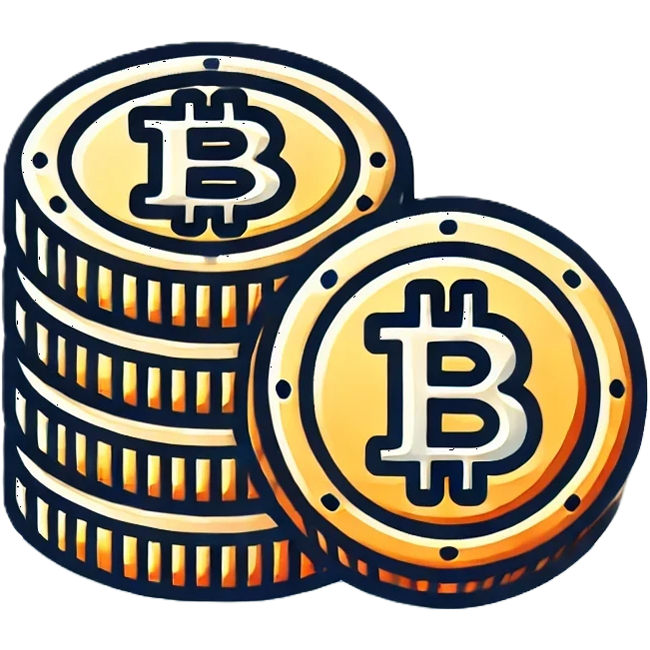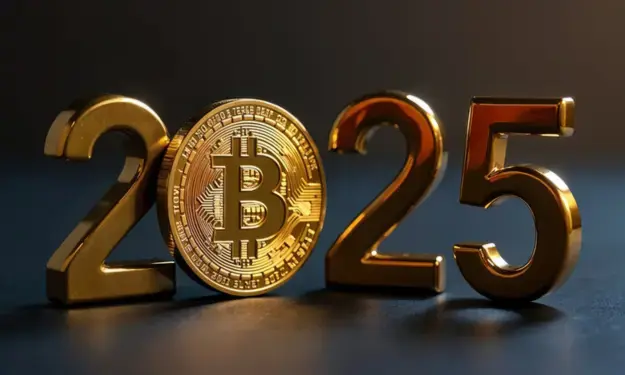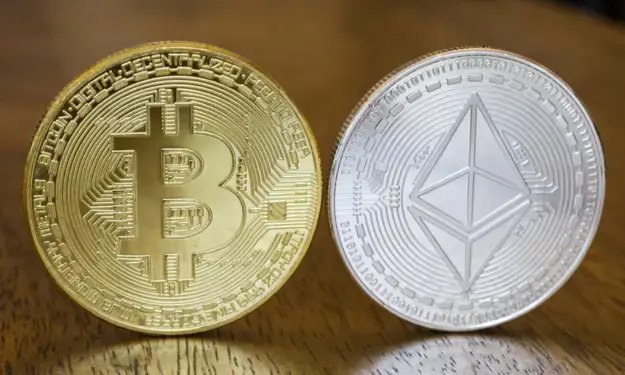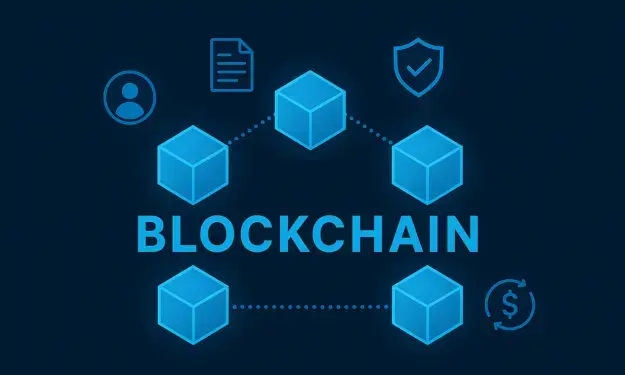Publication date: July 26, 2024

What is Pendle?
Pendle is an innovative financial product within the world of cryptocurrency. It offers a unique platform that allows users to trade future returns from their digital assets. This means that users have the right to sell a portion of the future proceeds of their assets for immediate liquidity. Pendle is specifically designed to make this process simple and efficient, making it attractive to a wide range of investors. The basis of Pendle's functionality lies in the splitting of revenue and underlying assets, providing more flexibility and trading options for users.
Pendle is built on the Ethereum blockchain, which gives it a high degree of security and interoperability with other Ethereum-based applications. This makes it not only secure but, also easy to integrate with existing DeFi ecosystems. Pendle uses smart contracts to ensure that transactions are performed automatically and reliably, without third-party intervention. This adds to the reliability and efficiency of the platform, which is essential to Pendle's success and acceptance in the broader crypto community.
How does Pendle work?
Pendle works by allowing users to break down their digital assets into two separate components: underlying assets and future revenues. This process begins by "tokenizing" these assets, converting them into tradable tokens on the Pendle marketplace. Users can then buy, sell, or trade these tokens, depending on their needs and expectations of the market.
An important aspect of Pendle is its ability to implement forward-looking investment strategies. By trading returns and underlying assets separately, investors can better manage their risk and take advantage of market volatility. This makes Pendle a powerful tool for both short-term and long-term investors. In addition, Pendle offers various liquidity pools and strike options, allowing users to generate additional returns on their investments. This flexibility and diversity of features make Pendle a versatile and attractive platform for a wide range of users.
History of Pendle
Pendle was launched in 2021 and has experienced significant growth since then. At launch, Pendle caught the attention of both retail and institutional investors thanks to its unique approach to trading future returns. Pendle's concept was new and innovative, which ensured rapid acceptance within the crypto community. The first few months after launch were crucial, with Pendle forming several strategic partnerships to strengthen its platform and expand its reach.
An important milestone in Pendle's history was its integration with other prominent DeFi protocols. These integrations have helped expand Pendle's functionality and improve its ease of use. In addition, they have helped grow the user base and the overall value locked onto the platform. Pendle has also made several upgrades and enhancements to make its platform more robust and efficient, which has contributed to its continued success.
In 2022, Pendle underwent a significant expansion, introducing new features and capabilities to improve the user experience. These improvements included better interfaces for users and more advanced trading tools. These developments have helped strengthen Pendle's position in the market and contributed to an increase in user activity and trading volume on the platform.
What's going on at Pendle
Recent developments at Pendle show that the platform continues to adapt and evolve to meet the needs of its users. One of the most notable events was the introduction of a new update that improved the overall performance and efficiency of the platform. This update included improved smart contracts and an optimized user interface, which has resulted in a faster and more reliable trading environment.
In addition, Pendle announced several new partnerships with other major players in the DeFi space. These collaborations are designed to improve platform interoperability and give users access to a wider range of financial products and services. One example is the partnership with Aave, a leading DeFi lending platform. This partnership allows Pendle users to use their assets as collateral for loans, providing additional flexibility and capital management capabilities.
Pendle has also taken steps to expand its presence in new markets. This includes partnering with regional players and adapting its platform to meet local regulations. This strategic move is designed to expand Pendle's reach and attract new users in emerging markets, where demand for innovative financial products is growing.
Price development Pendle
Pendle was launched in 2021 with an initial price of $0.50 per token. In the first few months after launch. The price rose steadily, driven by investor interest and positive market trends. Within six months, Pendle reached a price of $2.00, representing a significant increase in value for early investors. Part of this surge in price can be attributed to the strategic partnerships forged and the continuous enhancements and updates made to the platform.
Pendle's price peak occurred in the second quarter of 2022 when the price reached an all-time high of $4.50. This peak was driven by a combination of factors, including increasing acceptance of DeFi protocols and growing confidence in Pendle's unique value proposition. In addition, macroeconomic factors, such as the overall rise in the crypto market, played a role in this price increase.
After the peak in 2022, Pendle's price began to decline due to a broader market correction and profit-taking by early investors. In the following months, Pendle saw significant price swings, with the price fluctuating between $1.50 and $3.00. This volatility was caused partly by changes in market trends and the ongoing development and implementation of new features on the Pendle platform.
Recently, Pendle has shown resilience, with a steady increase in price since early 2023. This increase can be attributed to new partnerships and use cases that have been introduced. For example, integration with other prominent DeFi platforms and the introduction of new liquidity pools have helped increase user activity and trading volume. These developments have helped to restore investor confidence in Pendle and stabilize the price.
Benefits of investing in Pendle
1. An innovative approach to yield trading: Pendle provides a unique platform that allows users to trade future returns from their digital assets, creating new opportunities for profit and liquidity.
2. Strong partnerships: Pendle has strategic collaborations with prominent DeFi protocols such as Aave, which strengthens the functionality and interoperability of the platform.
3. Flexibility and diversity: Users can split their assets into underlying assets and future returns, allowing them to better manage their risk and take advantage of market movements.
4. Active development and updates: Pendle continues to improve its platform with regular updates and new features, contributing to usability and efficiency.
5. Growth potential in emerging markets: By expanding into new regions and adapting to local regulations, Pendle is expanding its reach and attracting new users in emerging markets.

.svg)









